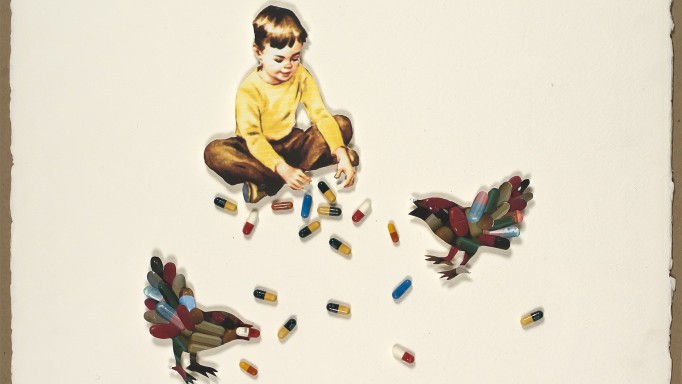Write a Comment
5 Comments
Mr. Jefferys correctly notes that VRX496 is a lentiviral vector that carries a therapeutic payload—an antisense gene—that can disrupt the envelope (env) gene of HIV, preventing HIV replication. If successful, this treatment would be the first gene therapy for HIV/AIDS. Mr. Jefferys does not find the argument regarding viral load changes convincing, and he is entitled to his opinion. However, we believe that we did not see viral load changes in our early clinical studies because the believed mechanism of action for VRX496 the targeting and disruption of the env gene, not the gag gene. Current viral load tests measure the gag gene. Our current data suggest that VRX496 does not directly impact on gag or gag counts, but does impact on env sequencing. Therefore, viral load counts based on gag assays do not directly measure counts based on our target sequence. VRX496 represents an entirely new type of approach for treating HIV/AIDS. Unlike other products, it is not a small molecule drug, but an RNA- and antisense-based approach. This is why we are suggesting that we should take a fresh look at viral load measurement, as the standard gag assay not be the best standard for a therapeutic product based on RNA and antisense technology. This is an entirely new type of therapeutic for HIV/AIDS, and it is not surprising that old paradigms may not be appropriate. At this time, we stand by the hypothesis that viral load tests measuring gag are not the best assays for our product, and continue to set this forward as a hypothesis to be tested in our current and upcoming clinical trials. Mr. Jefferys comments that a lot has been extrapolated from “very limited data” and that “there’s a long way to go to really establish what the vector is doing.” In one sense, he is correct. As with any new product in development, VRX496 still has a long way to go in terms of clinical testing, and the data are still early—from Phase I and II studies, rather than more definitive Phase III trials. However, the bottom line is that we are excited to be moving clinical trials forward for a completely innovative therapy in the field of HIV/AIDS, and we continue to accumulate promising data. The purpose of the current trials is to find the optimal dose of VRX496 and the “optimal patients” in which this new therapy will work. Testing different doses and different means of administration is what Phase II is about for us, and it is necessary to move forward in a step-wise process. Finally, our company has historically been cautious about the promotion of results of our early-stage trials. At the same time, we are currently testing the most advanced (in terms of advancing towards later-stage clinical trials) gene therapy for HIV/AIDS in a time of increasing pessimism about the possibility of an effective new therapy for HIV/AIDS, and we have the responsibility to let people know that there are positive data coming out from our studies. Gerard J. McGarrity, Ph.D. Executive Vice President, Scientific and Clinical Affairs
Phase II only consist of 8 ppl?? I thought it should be more?
Does this mean that even if VRX496 hypothetically meets its objectives in every trial it will not be available commercially for at least 5-15 years?
Nothing disguised as a mess.










Richard Jefferys
Thank you for the response Dr. McGarrity, and apologies if my remark about the viral load hypothesis seemed rather flip. My concern really related to the fact that the viral load reductions reported in the Phase I trial were offered as possible evidence of efficacy e.g. http://www.virxsys.com/media/.download_gallery/Nov6-2006.pdf Given this fact, I hope you can understand how it is that the "hypothesis that viral load tests measuring gag are not the best assays for our product" might seem a little situational and suspicious. I also didn't understand how virus with a crippled envelope would continue to produce equal amounts of gag RNA as virus with functional envelope, but that is a question I could have asked on the call and didn't, so I'd welcome any clarification on that issue. I would like to stress that I recognize that pursuing the development of novel, potentially breakthrough therapies for HIV infection is fraught with difficulties and risk. Your company and research collaborators are to be saluted for embracing the challenge, and it was not my intention to be dismissive of these efforts. But it is to some extent our role as community advocates to be skeptical of research claims and to try and apply that skepticism fairly regardless of the particular approach. Like many people in the community, I wholeheartedly support the search for therapies that might move us beyond the combination-ART-for-life paradigm that we're stuck with currently. I look forward to seeing the more complete results of your research and would be very happy if my skepticism turned out to be unfounded!
September 10, 2008